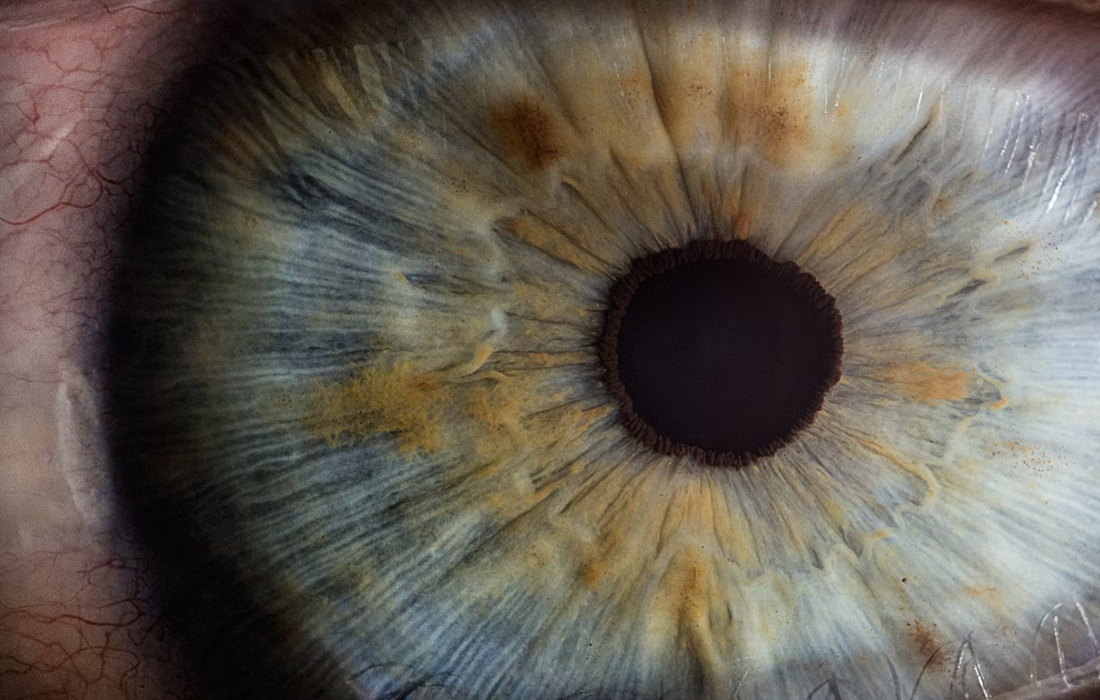Regenerative Medicine News and General Information
Investigators Discovered Long-term Viability of Stem Cell Derived Retinal Implant
Non-neovascular age-related macular degeneration (NNAMD) is a major medical condition that affects millions of people in the Western world. The use of Macular translocation surgery, transplantation of autologous adult retinal pigmental epithelial (RPE) cells, and injection of suspensions of human embryonic stem cell (hESC)-derived RPE cells have been pursued as potential treatments.
Recently, a team of researchers from the University of Southern California (USC) conducted a phase 1/2a clinical trial using an implant consisting of a monolayer of hESC-RPE cells cultured on a microfabricated membrane as a replacement for atrophic RPE in individuals with advance geographic atrophy that were legally blind or worse. The results of the study were published in the journal Stem Cell Reports.
“There’s been some debate on whether stem cells derived from a different, unrelated person would survive in the retina without long-term immunosuppression,” Mark S. Humayun, MD, PhD, USC University professor of ophthalmology, said in a university news release.
According to the study researchers, the cells on the retinal implant can survive for up to 2 years without long-term immunosuppression. For the study the team used low dose immunosuppression drugs only just before and shortly after implantation, for approximately 2 months. The team didn’t find any clinical signs of rejection of the mismatched donor cells.
“These findings show the implant can improve visual function in some patients who were legally-blind before treatment and that the cells on the implant survive and remain functional for at least two years despite not being matched with those of the patient,” Humayun said in the release.
There are currently no approved therapies for advanced dry age-related macular degeneration to date according to Humayun, and the ones in use require monthly injections to slow the progression of the disease but don’t improve vision.
Sources:
David Hutton, OT Staff Reports. (2022, Feb 8). Discovery by USC investigators shows long-term viability of stem cell derived retinal implant. Ophthalmology Times. Retrieved from:
Amir H. Kashani, et al. Survival of an HLA-mismatched, bioengineered RPE implant in dry age-related macular degeneration. Stem Cell Reports. 2022. DOI:https://doi.org/10.1016/j.stemcr.2022.01.001
Image from:

